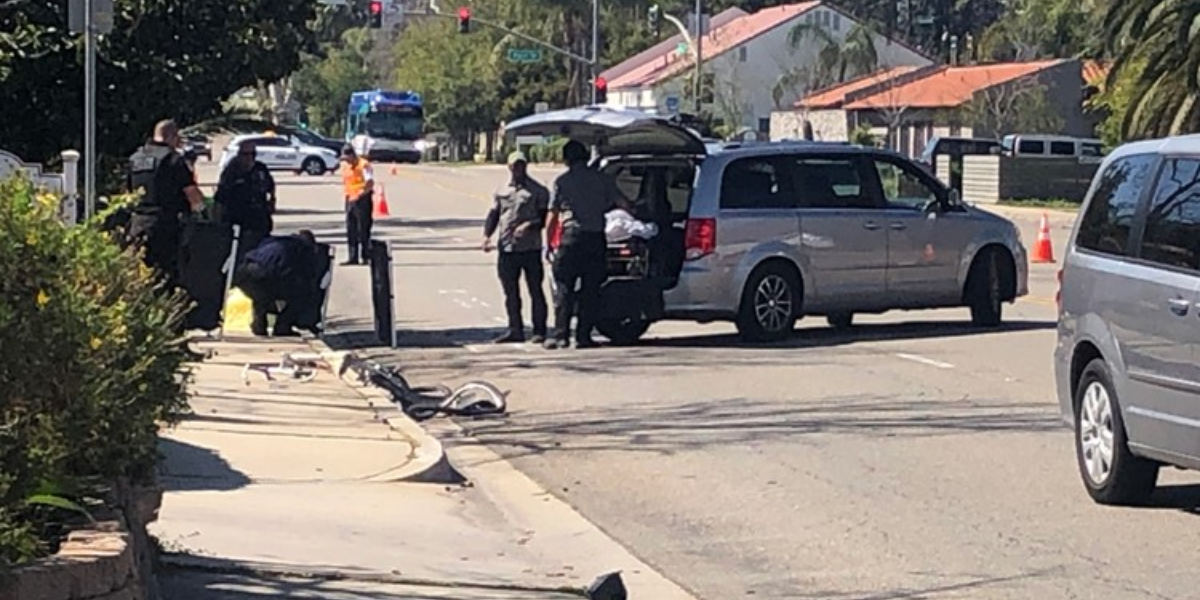Motorcyclists in Minnesota now have a new tool for navigating traffic: lane-splitting. As of July 1, the state has legalized the practice under specific conditions, making Minnesota one of the few U.S. states to formally recognize and regulate motorcycle lane-splitting.
The new law permits motorcyclists to ride between lanes of stopped or slow-moving vehicles, but only under low-speed and high-congestion conditions.
Lawmakers say the change aims to ease urban traffic, reduce motorcycle overheating and rear-end accidents, and align with traffic safety innovations already adopted in other countries and a few U.S. jurisdictions.
What the Law Allows
The legislation outlines clear boundaries for legal lane-splitting:
- Motorcyclists may ride between lanes only when surrounding traffic is moving at 25 mph or less
- The motorcycle must not exceed 10 mph more than the flow of traffic
- Lane-splitting is only permitted on multi-lane roads and urban highways
- Riders must exercise “reasonable care and caution” while maneuvering
Violations of these conditions could result in fines or citations for reckless driving.
Why Now?
Supporters of the law cite a range of benefits:
- Reduced risk of rear-end collisions for motorcyclists in stop-and-go traffic
- Better traffic flow, particularly in densely populated areas
- Decreased travel time for riders
- Lowered motorcycle engine temperatures during summer congestion
The Minnesota Department of Public Safety also noted that similar practices in places like California and parts of Europe have shown potential safety advantages when performed responsibly.
Mixed Reactions on the Road
Motorcycle advocacy groups have praised the decision, calling it a step toward safer and more efficient riding. However, some drivers have expressed concern over unexpected movement between lanes and the potential for close calls in tight traffic.
To address concerns, the state is launching a public awareness campaign to educate both motorcyclists and motorists on the new rules. Law enforcement agencies have also received updated guidance on how to monitor and enforce legal lane-splitting behavior.
What’s Next?
Minnesota’s Department of Transportation plans to evaluate the impact of the law over the next 12 months. If results show fewer crashes and improved traffic flow, additional adjustments or expansions to the rule may follow.
For now, Minnesota riders should gear up—but do so with caution. The new law offers greater mobility, but the responsibility to ride safely between the lines has never been more important.




